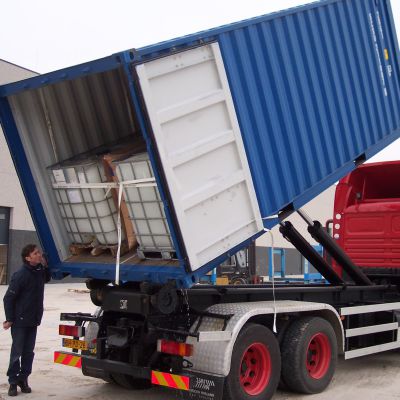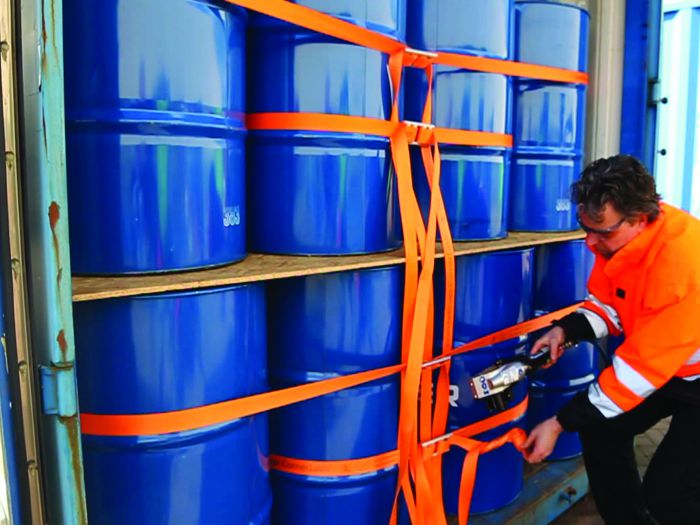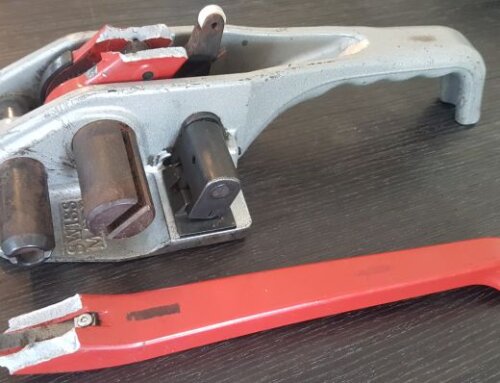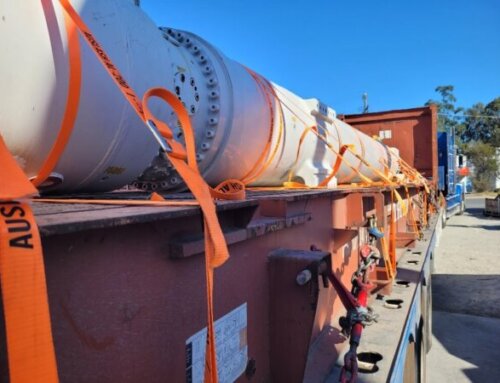How to secure dangerous goods in containers conform IMDG Code 2018
Are you ready for the Mandatory IMDG Code Changes in 2018 for securing dangerous goods in shipping containers?
From January 2018 the new 38th amendment of the IMDG Code will become mandatory. This amendment was already applied on a voluntary basis since January 2017. An important part of this amendment affects how dangerous goods must be secured in shipping containers. The amendment is quite extensive and may require additional training of your employees in order to be in full compliance.
In the new amendment, IMDG explicitly refers to the CTU Code regarding the securing of dangerous goods in shipping containers. What do these changes mean for you?
Why these changes?
The dramatic consequences of the mishandling of Dangerous Goods continue to make the headlines the world over. We have all seen the images of spectacular explosions and fires on board vessels and been shocked by the loss of lives, cargo and property. According to Hapag Lloyd, non-compliance in transporting restricted commodities and dangerous goods is estimated to be the root cause of a major shipboard fire on average every 60 days*.
*update: as of 2021 this has now changed to a major container ship incident every 30 days.
What is the IMDG?
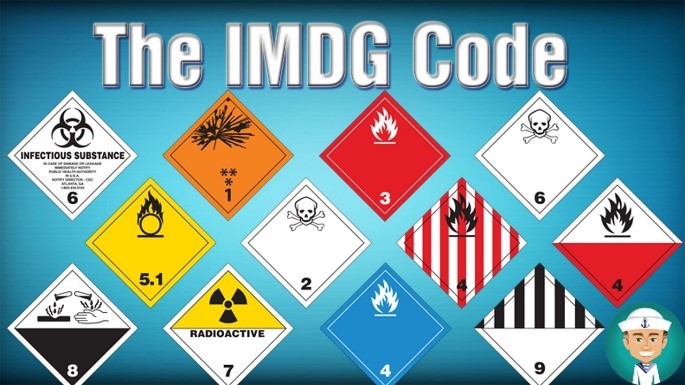
The code is intended to protect crew members and to prevent marine pollution in the safe transportation of hazardous materials by vessel. It is recommended to governments for adoption or for use as the basis for national regulations.
What is the CTU Code?
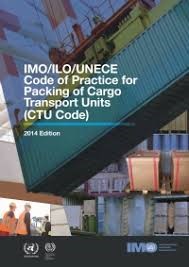
• inadequate securing of the cargo
• overloading
• incorrect declaration of contents
This is of major concern. Victims may be the general public or transport and supply chain workers, who generally have no control over the packing of such units.
The CTU Code is a joint publication of the International Maritime Organization (IMO), the International Labour Organization (ILO) and the United Nations Economic Commission for Europe (UNECE). The Code addresses these concerns through a global code of practice for the handling and packing of shipping containers for transportation by sea and land.
THE IMDG Code defines WHAT TO DO
THE CTU Code defines HOW TO DO IT
Securing dangerous goods in containers becomes mandatory January 1, 2018
Chapter 1.2, page 13 very clearly and precisely references the CTU code
• CTU Code means the IMO/ILO/UNECE Code of Practice for Packing of Cargo Transport Units (MSC.1/Circ.1497)*
The biggest changes are that per January 1, 2018 exporters of Dangerous Goods, MUST secure their products inside the shipping container conform the CTU Code (explained below). Excuses such as “our cargo fits snug in the container, it will not move”, “our products are pallet wrapped”, “our cargo is so heavy it will not move” and more, can no longer be used!
What does this mean for you?
Suitable securing means shall be used as described in the CTU Code Page 456, Paragraph 7.3.3.6 states that suitable means capable of restraining the goods shall be used to secure dangerous goods.
7.3.3.6 Packages containing dangerous goods and unpackaged dangerous articles shall be secured by suitable means capable of restraining the goods (such as fastening straps, sliding slat boards, adjustable brackets) in the cargo transport unit in a manner that will prevent any movement during transport which would change the orientation of the packages or cause them to be damaged.
When dangerous goods are transported with other goods (eg. heavy machinery or crates), all goods shall be securely fixed or packed in the cargo transport units so as to prevent the release of dangerous goods. Movement of packages may also be prevented by filling any voids by the use of dunnage bags or by blocking and bracing.
Where restraints such as banding or straps are used, these shall not be over-tightened to cause damage or deformation of the package or the securing points (such as D-rings) within the cargo transport unit. The packages shall be packed in such a way that there will be a minimum likelihood of damage to fittings during transport. Such fittings on packages shall be adequately protected.
Where restraints such as banding or straps with integral container fittings are used care should be taken to ensure that the Maximum Securing Loads (MSL) of the fittings is not exceeded.
Cargo securing training is a recommendation
Page 35, Chapter 1.3 lays out the importance of training on regulations, but it remains a recommendation.
Page 36, Chapter 1.3.3 directly references the CTU Code on training for loading/unloading cargo transport units.
Although training is recommended it is not mandatory. However, if applied it should be according to the CTU Code.
Suitable means to secure dangerous goods conform CTU
There are various products to safely stow and secure dangerous goods inside containers. A composite lashing system, inflatable dunnage bags, or a combination of these two are a great option to eliminate cargo movement. These type of products can secure any type of cargo, whether you are shipping drums, big bags, 25kg bags or IBC’s. Below are some examples:

Mined minerals secured with Cordstrap Composite Lashing CC105

Cross Lashing with Cordstrap CC-105

Cordstrap Composite Lashing Securing Drums in Shipping Container
CornerLash® and AnchorLash®
Two Revolutionary Breakthrough Innovations for Securing Dangerous Goods in Shipping Containers
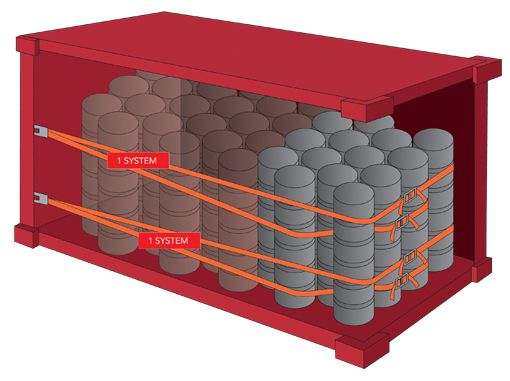
CornerLash is a breakthrough innovation and designed to secure heavy loads in containers in under 10 minutes.
With CornerLash you can quickly create 3t container lashing points in shipping containers. Engineered patented click-in corner lashing points are placed in the strongest part of the container, the corner posts. This unique solution is certified and CTU code compliant.
With CornerLash you can secure heavy dangerous goods cargo (up to 30 tons) in an easy and consistent way, in under 10 minutes. It is the most time and cost efficient solution for securing heavy dangerous goods cargo on the market. Use CornerLash in 20f and 40f containers to secure dangerous goods in drums, IBCs, 25 kg bags and other soft packaging.
AnchorLash is a breakthrough innovation and designed to secure light loads in containers in under 8 minutes
AnchorLash is suitable for many types of light loads, including carton boxes, plastic drums, cans and other soft packaging. You can use this system in both 20 ft and 40 ft containers.
‘Plug and Play’ components – including load specific add-ons such as EdgeBoards specially designed for soft packaging – ensure enhanced safety and speed.
Anchorlash is the most time and cost efficient solution for securing lighter dangerous goods cargo on the market.
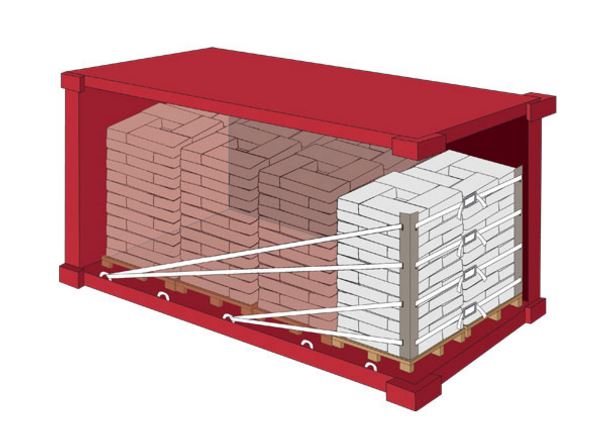

Cordstrap AnchorLash®
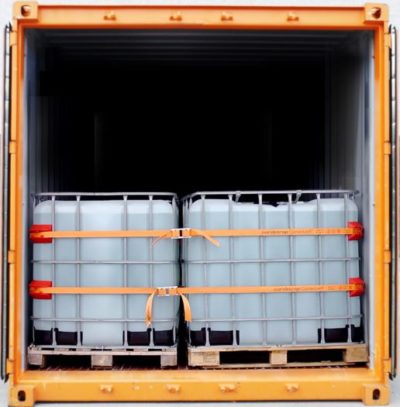
Cordstrap CornerLash®
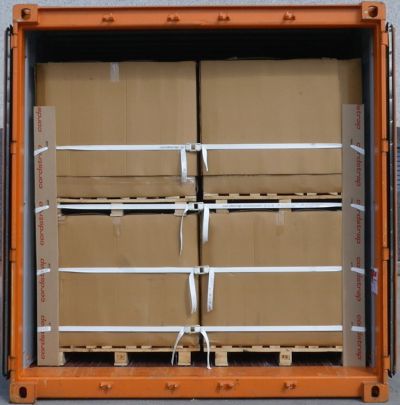
Cordstrap AnchorLash®

Cordstrap CornerLash®
More info about securing dangerous goods or training? We can help!
We have a team of chemical securing specialist whom are up to date on the latest IMDG changes for shipping dangerous goods.
Our specialists can make recommendations regarding cargo restraint systems to safely secure your dangerous good, and provide training for you and your team conform the CTU code.
We offer free on-site consultations anywhere in Australia. Get in touch with us today if you like us to meet with you and provide you with our non-obligatory recommendations and an on-site demonstration.



